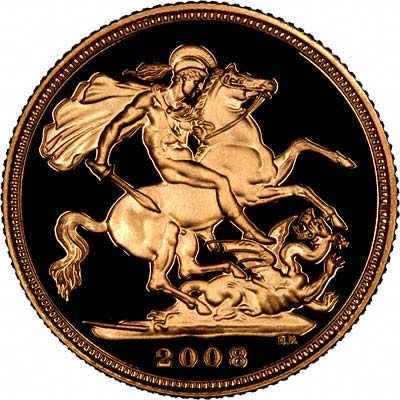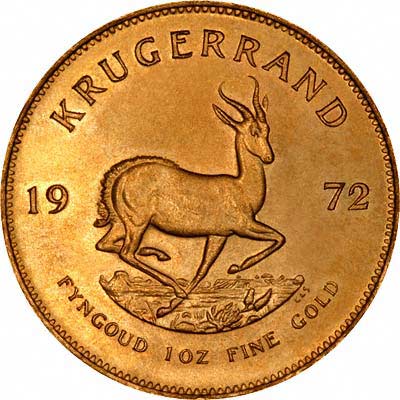
Oxford English Dictionary
The OED lists a number of meanings, but these include:-
- Gold and silver in the lump, as distinguished from coin or manufactured articles, also applied to coined or manufactured gold and silver when considered simply with reference to its value as raw material.
- Precious metal in the mass.
- Solid gold or silver (as opposed to showy imitations).
- Impure gold or silver.
- Melting house or mint. "Place of exchange".
- Any metal in the lump.
- Bullionist
As :- One who advocates a metallic currency. - Bullioner
As:- A dealer in bullion.
Collins English Dictionary
- Gold or silver in mass.
- Gold or silver in the form of bars or ingots, suitable for further processing.
Webster
- Uncoined gold or silver in the mass. Properly, the precious metals are called bullion, when smelted and not perfectly refined, or when refined, but in bars, ingots or in any form uncoined, as in plate. The word is often often used to denote gold and silver, both coined and uncoined, when reckoned by weight and in mass, including especially foreign, or uncurrent, coin.
- Base or uncurrent coin. [Obs.]
- Precious metal bullion: Any refined precious metal, such as gold, silver, platinum, and palladium, which is in a state or condition where its value depends primarily upon its precious metal content and not its form.
- Coin: 1) A piece of metal with its commodity type, weight and fineness stated on its face; an item of intrinsic value based in the unconditional, historical domain and often used as a medium of exchange. 2) Monetized bullion or other forms of money manufactured from gold, silver, platinum, palladium, or other metals now or in the future and used as a medium of exchange in the United States or in any foreign nation.
Moby-Thesaurus bar, button, cast, casting, coin gold, coin silver, copper, earth metals, gate, gold, gold dust, gold nugget, ingot, metal, metal foil, metal leaf, metalleity, metallicity, metallics, metalloid, metalware, metalwork, native metals, nickel, noble metals, nugget, pig, precious metals, rare metals, regulus, semimetal, sheet metal, silver, sow, yellow stuff
Bullion Coins
From the above it seems that the word bullion can exclude or include coins, and that bullion
refers to metals, usually precious metals, by weight or value rather than as items. From this, we think it safe to conclude that a bullion coin
is one considered primarily for the value of its precious metal content rather than for its nominal or face value or any numismatic value.
Perhaps the meaning of bullion coin
has undergone a change with the introduction of the Krugerrand as the world's first bullion coin, with a guaranteed content of one troy ounce of fine (pure) gold. It is clear however that earlier gold coins, such as sovereigns, which used to circulate as money, had metamorphosed into bullion coins with their withdrawal from circulation, which was probably because their intrinsic metal value had increased beyond that of their face value.
The Royal Mint
We believe the British Royal Mint muddied the waters when in 2000 it recommenced production of non-proof sovereigns. Whereas it used to supply these to the Bank of England who then resold them to the London Bullion Market at a small premium over their intrinsic gold content, the Mint started to market them direct at a premium of about 70% above their intrinsic value. It still also supplies them in bulk to bullion dealers, but at a much higher premium than did the Bank of England before 2000.
The Mint markets these as bullion sovereigns, as opposed to proof sovereigns struck to a much higher grade. We believe this has distorted the original meaning of the word bullion
, by applying it to the uncirculated (non-proof) version of its sovereigns, half sovereigns, and some other coins. We strongly believe, after studying numerous dictionary definitions, that the term bullion should only apply to sovereigns and other coins which are traded at or close to their underlying intrinsic precious metal value, and that non-proof coins sold at higher premiums should be termed ordinary uncirculated.
In 2000, it added to this confusion by issuing a "Brilliant Uncirculated" gold five pound (quintuple sovereign) coin. This was struck to a superior but non-proof finish, and was issued in a limited edition of 1,000 in boxes and with a certificate, at a price over double their intrinsic gold content. Later in the year it then issued a "bullion" version of the same coin at only about 20% to 30% over gold. This coin was brilliant (bright, shiny, and lustrous) and was also uncirculated (it had not been in circulation), although it was struck to a slightly lower production standard than the so-called "B.U." (Brilliant Uncirculated) version. When we expressed the opinion that people who had already bought the "B.U." version at £525 would be disappointed to find a brilliant uncirculated "bullion" version being issued at £325, a Mint official informed us that they were two different things, and that our criticism was quite incorrect. Perhaps the Mint should have added some extra description to its "Brilliant Uncirculated" products such as superior finish, specimen grade, monnaie-de-luxe, F.D.C., to differentiate these products clearly from those struck to a circulation grade of finish.
It remains our firm opinion that the Royal Mint has created confusion in its careless use of both the terms bullion
and B.U.
or Brilliant Uncirculated
.
See also: Brilliant Uncirculated
 Reverse of 2008 Proof Sovereign
Reverse of 2008 Proof Sovereign
 Reverse of Krugerrand - The First One Ounce Gold Bullion Coin
Reverse of Krugerrand - The First One Ounce Gold Bullion Coin
32 - 36 Harrowside, Blackpool, Lancashire, FY4 1RJ, England. Telephone (44) - (0) 1253 - 343081; Fax 408058;
E-mail: Contact Us The URL for our main page is: taxfreegold.co.uk
